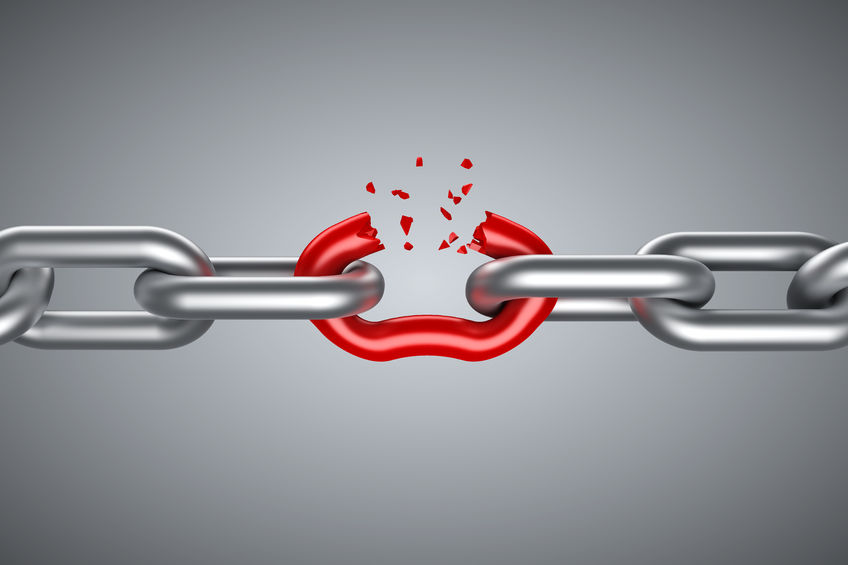One of the biggest risks a small company has is not having skill redundancy.
I’m not talking about “redundant jobs” which are positions that are no longer needed. This is a common term used in business. I’m talking about purposely building in skill redundancy by having multiple peeople doing the same role. Why? Because you want to make sure that if that an employee is suddenly not available, then someone else in your company can step in and provide the same skill.
Essentially, you want to have as few single points of failure as possible. So I’m going to give you 3 ways to reduce this risk:
- Grow your team so that you have more than one staff doing one role.
This may not be possible for every role in your company, unless you have a very large company, but do this for at least the production type of roles since they will be doing 80% of the work in the business. Small companies and startups always run this risk because they do not yet have multiple people doing one role. The same person might be wearing multiple hats. You want to get out of this as quick as possible because there is so much risk with having no redundancy for these types of roles.
Imagine that you only have one person doing production. If they had to go on an extended leave, then your production will be completely halted. I actually had this happen in one of my companies. I had 2 production people and they both left only 1 month apart from each other. I really had to scramble quickly to replace their roles. In that example, I had a bit of redundancy already because I had 2 staff doing similar jobs, but because of the coincidence of them leaving at similar times, it was still too close for comfort as a business owner.
Another risk is when you have one staff taking on too many roles. If that staff is not available anymore for any reason, then you have multiple functions that needs to be picked up by someone else. So from this sense, the owner or manager of a small company is usually the highest risk because they typically perform multiple roles. This is why you would want to scale your business so that you, as the business owner, can delegate some of those roles and you don’t become that single point of failure that everyone relies on.
2. Implement processes so that it’s not just in one person’s head.
If you have a documented process, then it can easily be trained and passed onto someone else if needed. An example of this would be having a document that shows what the production process is. It could be a flow chart that shows what is the sequence from the beginning of the production cycle when an order is placed, to how it gets passed along to the different team members and to final distribution. If you have such a process in place and it’s documented, then the whole process is not dependent on only one person knowing everything. If you do this, then everyone knows what the process should be and there is not one single point of failure that can halt the production cycle.
3. Rely on systems more than on people.
Your goal as a business owner is to create a company with automated systems so that even if someone is away for an extended period of time, the company is automated enough to continue its operations. Examples of this could be using a CRM (Customer Relationship Management) software instead of your sales person taking manual notes in their notebook. The CRM software will log customer information, sales and followup notes, and other information pertinent to the sales funnel. By having this in a software, all of these client information and transactions are now accessible by anyone else in the company.
Imagine, if the sales person logged all of these information in their personal notebook. What would happen if that sales person got into an accident? How would you retrieve this information for the rest of your sales department to continue to function?
So I hope this has got you thinking about the risks that your company is exposed to. If these risks currently exists in your company, then reach out to me and let’s see how I can help your situation.




